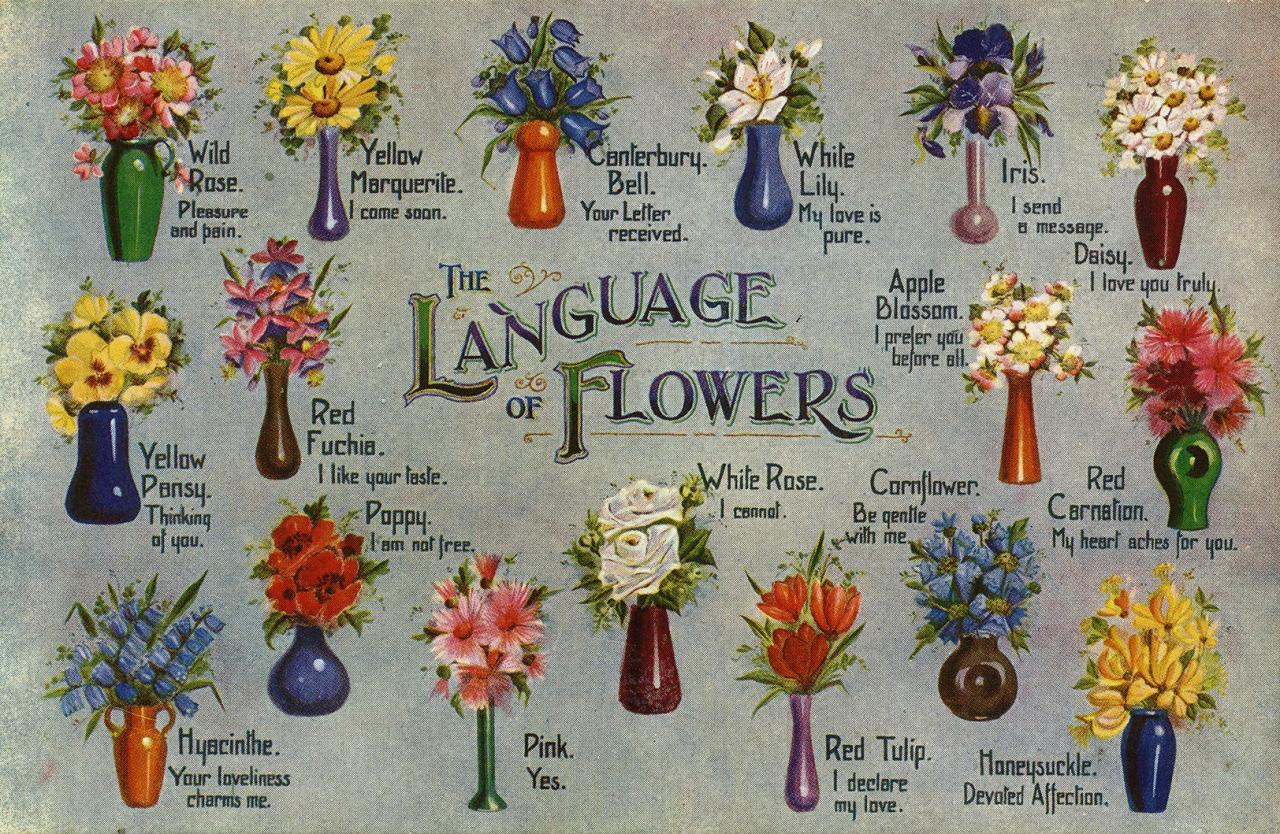
Sheet language meaning – Sheet language, a multifaceted form of communication, has gained prominence in various contexts, carrying cultural, social, and linguistic significance. This article delves into the intricate world of sheet language, exploring its origins, types, interpretation, and effective usage.
From formal settings to informal conversations, sheet language has evolved to convey nuanced meanings and emotions. Understanding its complexities allows for effective communication and a deeper appreciation of cultural diversity.
Meaning of Sheet Language
Sheet language is a slang term that originated in the 19th century, primarily used in the United States. It refers to the unique way of speaking and writing adopted by members of the LGBTQ+ community, particularly during a time when open expression of one’s sexual orientation or gender identity could lead to discrimination or persecution.
Types of Sheet Language
There are several types of sheet language, each with its own characteristics and usage. Formal sheet language is often used in written communication, such as letters or articles, and follows the standard rules of grammar and spelling. Informal sheet language is more commonly used in casual conversation and may include slang terms, shortened words, and unique expressions.
Slang sheet language is a type of informal sheet language that uses highly specialized vocabulary and phrases that are often only understood by members of the LGBTQ+ community.
Interpreting Sheet Language: Sheet Language Meaning
Interpreting sheet language can be challenging, especially for non-native speakers or those who are not familiar with the LGBTQ+ community’s unique culture and experiences. It is important to consider the context in which sheet language is used, as well as the speaker’s intended meaning.
Non-native speakers may find it helpful to consult dictionaries or online resources that provide definitions and examples of sheet language terms.
Using Sheet Language Effectively
When using sheet language, it is important to be respectful and appropriate. Avoid using offensive or derogatory terms, and be mindful of the potential impact of your words on others. It is also important to use sheet language in a way that is clear and understandable, especially when communicating with those who may not be familiar with it.
Sheet Language in Modern Communication

Sheet language has evolved in the digital age, with the rise of social media and messaging apps. It is now commonly used in online spaces to express identity, build community, and communicate with others who share similar experiences. The use of sheet language in modern communication has contributed to increased visibility and acceptance of the LGBTQ+ community.
Case Studies and Examples
Case studies and examples can help illustrate how sheet language is used in different contexts. For example, a study by the University of California, Berkeley found that sheet language was used by LGBTQ+ youth to create a sense of belonging and community.
Another study by the University of Michigan found that sheet language was used by LGBTQ+ adults to express their identities and experiences in a way that was both empowering and affirming.
Final Conclusion
In conclusion, sheet language is a vibrant and dynamic aspect of human communication, reflecting cultural norms, social dynamics, and individual expression. By embracing its intricacies and using it respectfully, we can enhance our understanding of others and foster meaningful connections.
Query Resolution
What is the historical origin of sheet language?
Sheet language has its roots in various cultures and time periods, with evidence of its use in ancient Egypt, Greece, and Rome.
How does context influence the interpretation of sheet language?
Context is crucial for understanding sheet language, as the same gesture or phrase can have different meanings depending on the situation and cultural background.
What are the challenges of understanding sheet language for non-native speakers?
Non-native speakers may face challenges due to cultural differences, unfamiliar gestures, and the lack of context.
How can we use sheet language effectively?
Effective use of sheet language involves understanding its cultural context, being respectful of others’ gestures, and avoiding misunderstandings.





